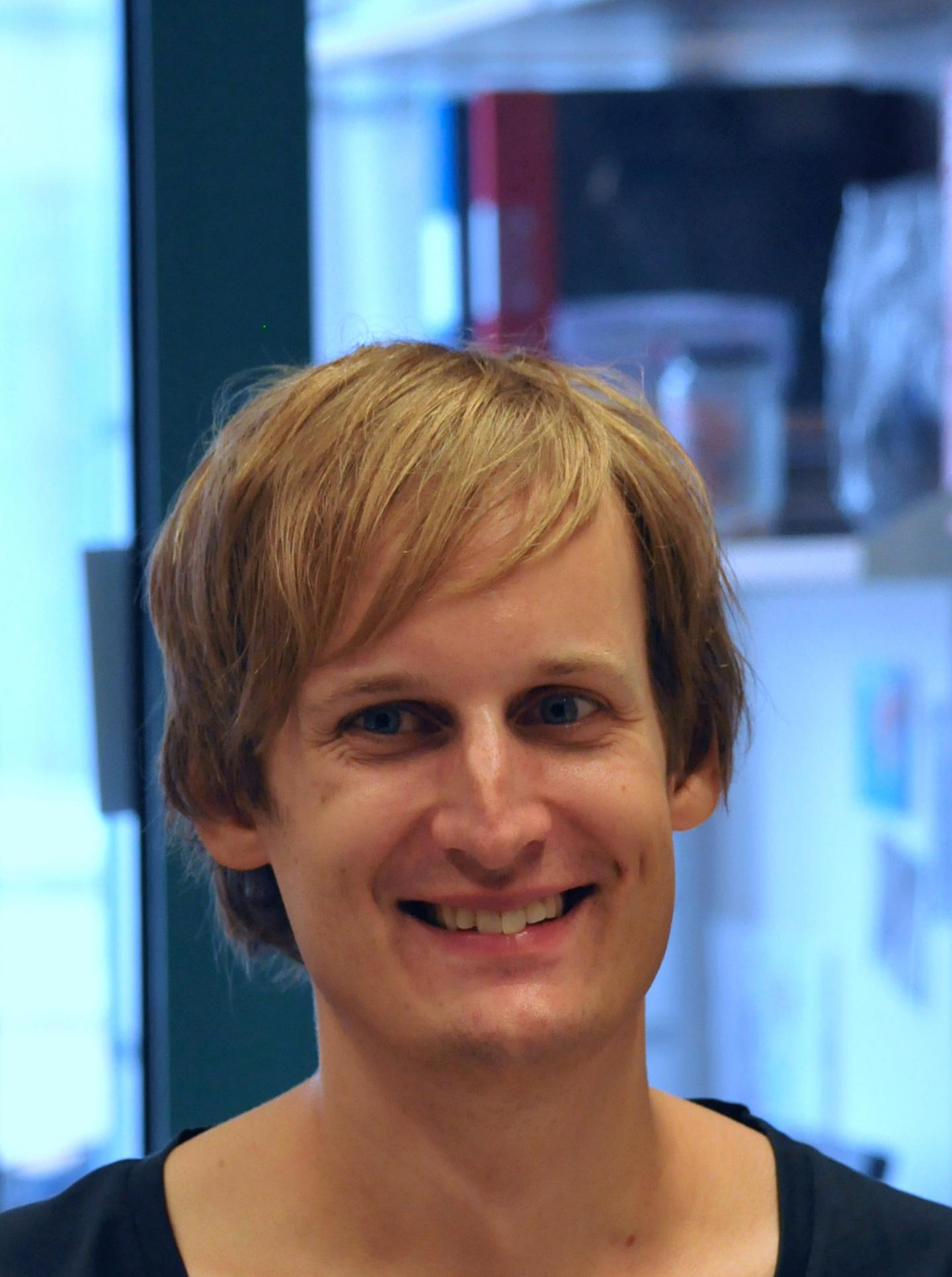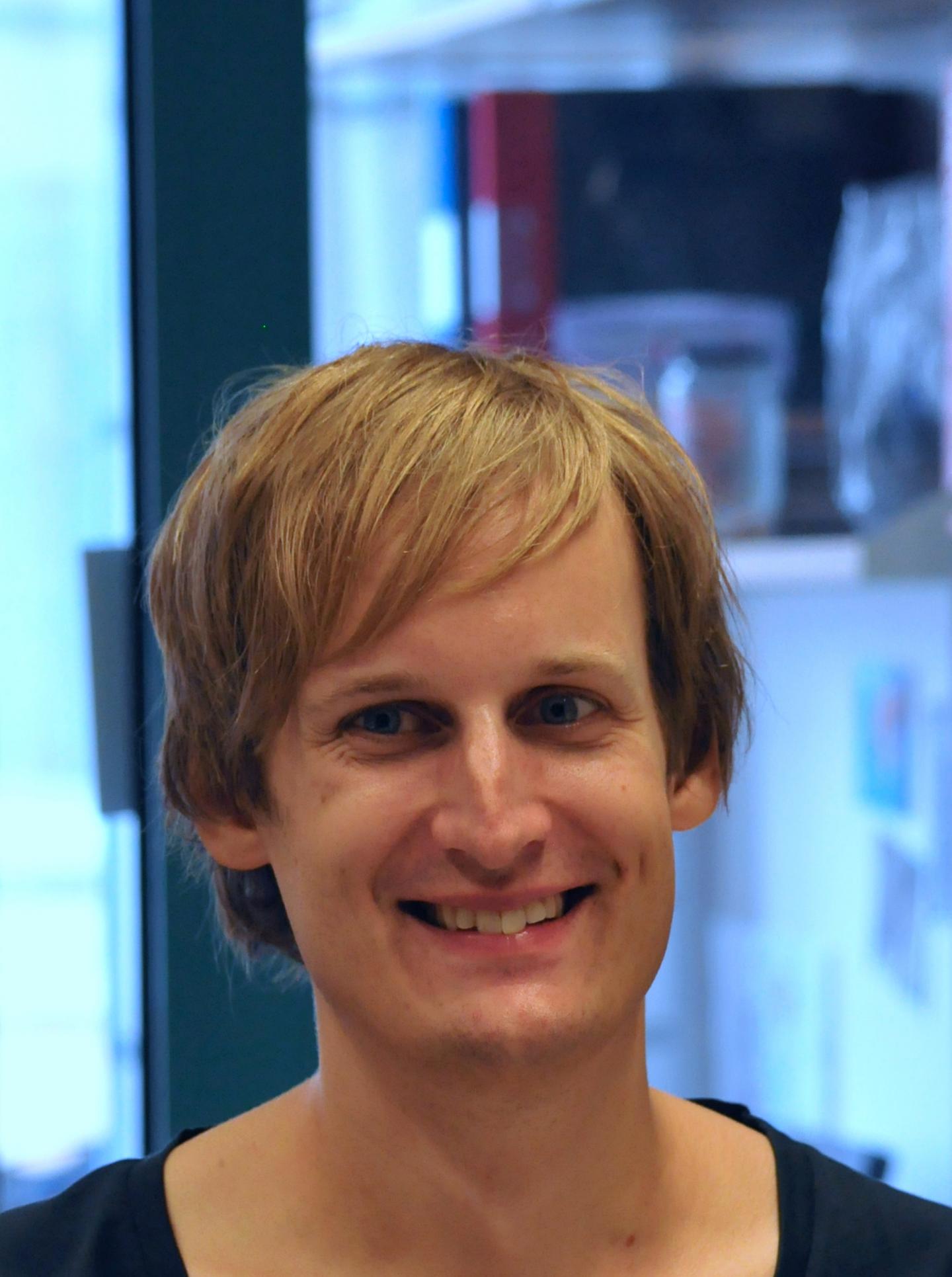
Credit: Louise Cornmark
The most aggressive variant of brain tumour – glioblastoma – has an average survival rate of 15 months. There is therefore an urgent need for new treatment strategies for this group of patients. A research team from Lund University in Sweden has now identified new factors which may affect the tumour cells' ability to resist treatment. The study has been published in Cell Reports.
The most common form of brain tumour is called glioma. Patients with the most aggressive variant – glioblastoma – are treated intensively with surgery, radiation and chemotherapy. Despite this, the tumour inevitably returns as a treatment-resistant lesion.
"There are strong indications that only a small proportion of the cells in the tumour – those known as cancer stem cells – are resistant to treatment and therefore affect the recurrence of the tumour. In our studies, partly on mice and partly on human glioma cells, we mapped the signal pathways that apparently differ from treatment-resistant to treatment-sensitive glioma cells. Part of the explanation for this resides in the cells' response to oxygen deprivation", explains Alexander Pietras, who headed the study at Lund University.
Oxygen deprivation often occurs in tumour cells, partly because they grow faster than new blood vessels can be formed, and partly because the blood vessels in the tumour are often of inferior quality and therefore unable to supply oxygen to the same extent. Researchers already knew that oxygen-deprived tumours are often more aggressive. Now, the research team in Lund has discovered that a specific marker (CD44) present on the surface of the cancer stem cells interacts with a protein (HIF-2a) which is central to the adaptation to oxygen deprivation.
"When a cell becomes deprived of oxygen, HIF is stabilised, leading to a number of adaptations which save energy and contribute to the formation of new blood vessels, among other things. In cancer stem cells, this signal pathway seems to be active even when the cells are not being deprived of oxygen. Our findings indicate that the interaction with CD44 – which is specific to cancer stem cells – is crucial to this oxygen-independent stabilisation of HIF."
In normal cases, these signal pathways are tightly regulated, but in the cancer stem cells in cases of glioblastoma, these functions appear to be partly disabled. The findings explain how cancer stem cells can exploit HIF despite often being located in the parts of the brain tumour with the best oxygen supply, right next to blood vessels. The cancer stem cells' response to oxygen deprivation is thus regulated differently, resulting in more aggressive cancer cells, which do not respond to treatment. These cancer stem cells could be those responsible for recurrence of the disease, according to the researchers behind the study.
"We want to use this new knowledge to affect the resistant cells in a more treatment-sensitive direction, by impairing the signal pathway between CD44 and HIF-2a – a potentially useful strategy in a number of other tumour forms as well, in which HIF and CD44 are thought to be significant, such as kidney cancer", concludes Alexander Pietras.
###
Publication: "CD44 Interacts with HIF-2α to Modulate the Hypoxic Phenotype of Perinecrotic and Perivascular Glioma Cells"
Cell Reports 20 (2017) pp. 1641-1653 http://dx.doi.org/10.1016/j.celrep.2017.07.049
For more information on the study: Alexander Pietras, researcher, Department of Laboratory Medicine, Lund University, +46-709928629, [email protected]
http://portal.research.lu.se/portal/en/persons/alexander-pietras(7dc2c8cb-bf89-40b7-b0ad-3f5fed42074c).html
Media Contact
Alexander Pietras
[email protected]
46-709-928-629
@lunduniversity
http://www.lu.se
Related Journal Article
http://dx.doi.org/10.1016/j.celrep.2017.07.049





